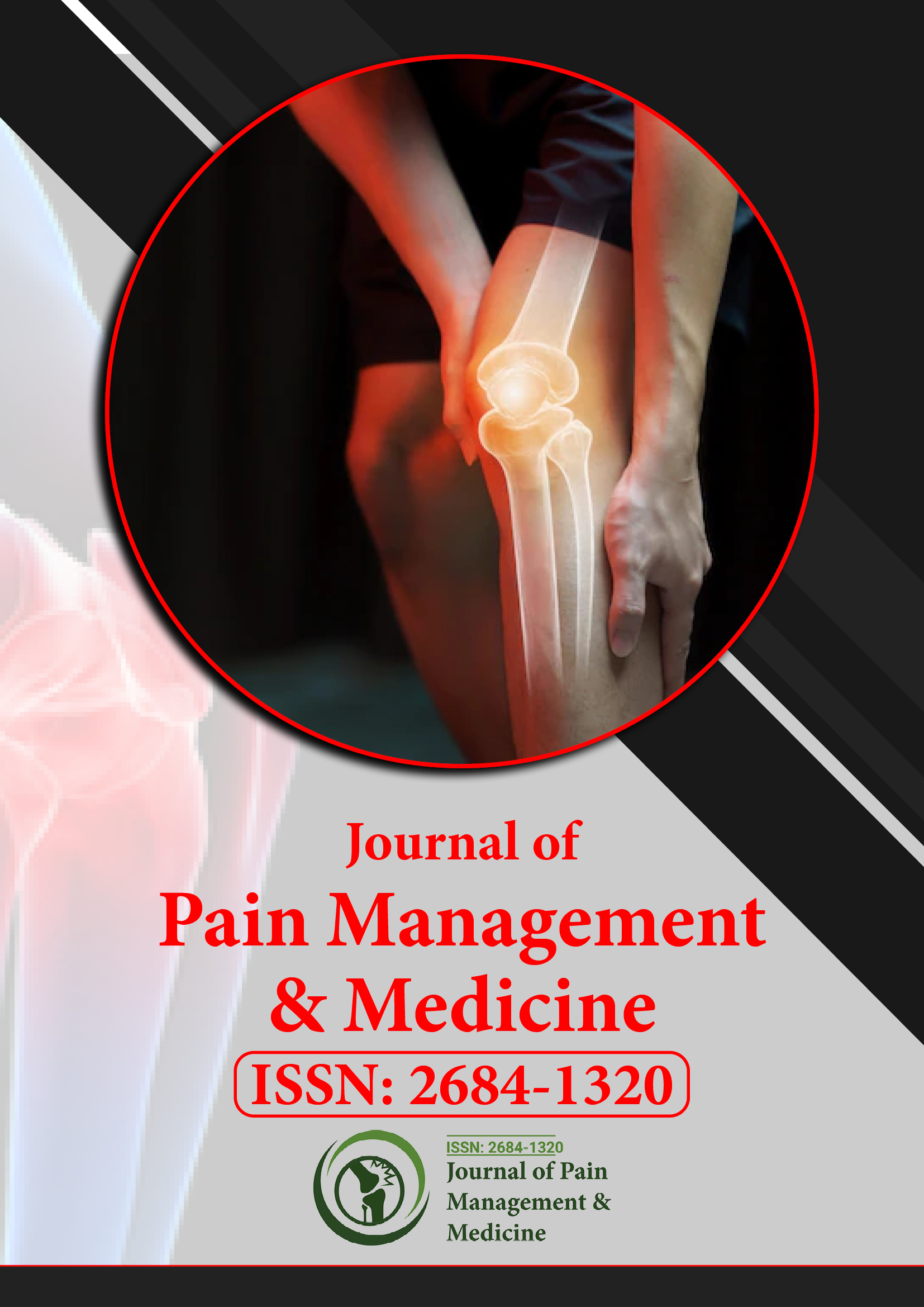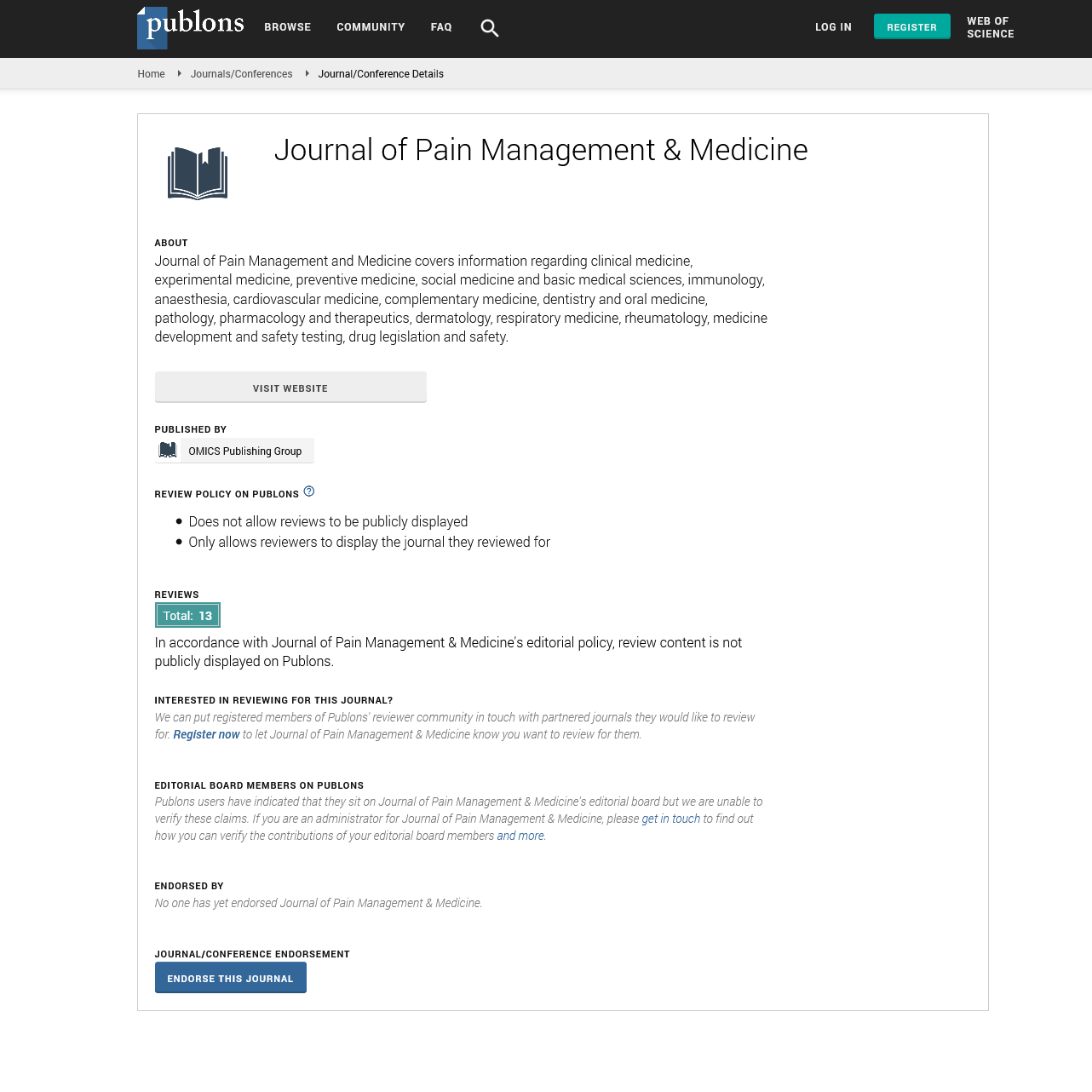Indexed In
- RefSeek
- Hamdard University
- EBSCO A-Z
- Publons
- Euro Pub
- Google Scholar
- Quality Open Access Market
Useful Links
Share This Page
Journal Flyer

Open Access Journals
- Agri and Aquaculture
- Biochemistry
- Bioinformatics & Systems Biology
- Business & Management
- Chemistry
- Clinical Sciences
- Engineering
- Food & Nutrition
- General Science
- Genetics & Molecular Biology
- Immunology & Microbiology
- Medical Sciences
- Neuroscience & Psychology
- Nursing & Health Care
- Pharmaceutical Sciences
Editorial - (2020) Volume 6, Issue 2
Technical knowledge and Anesthetic Study
Sweety Dash*Received: 16-Jul-2020 Published: 28-Jul-2020, DOI: 10.35248/2684-1320.20.6.140
Editorial
Present day scholarly anesthesiologists are feeling the squeeze to be clinically profitable just as dynamic teachers. The current clinical condition regularly restricts occupant doctors to a normalized or convention driven learning plan, with no place for dynamic improvement of their psychological aptitudes [1]. Anesthesiologists by and large have enthusiasm for grasping rising advancements for clinical practice; notwithstanding, we will in general slack in the appropriation of innovation for the upgrade of instruction. So as to remain on the ball, new advanced innovations must be used so as to all the more likely incorporate the training of the up and coming age of anesthesiologists with clinical practice.
As a staff doctor and personnel at Stanford University School of Medicine, we watch these difficulties regularly. We are living in a time when creation and time are key factors that regularly diminish coordinating new or unconventional instructive exercises into the working room. In what capacity can better methods be executed in this hurried condition with the goal that training will be equivalent, and not mediocre, to offering support?
Numerous sedation inhabitants have a place with the millennial age and associate with the world in an on a very basic level diverse way contrasted with past ages. They express an inclination for the utilization of innovation and "on request" learning over increasingly customary methodologies [2]. Clinical teachers today have new instruments that could change the traditional methods of clinical instruction, with creative educational plans turning out to be less and less tied down to paper. For instance, we might want to share a few changes as of late executed on our orthopedic joint medical procedure administration at Stanford. Chronicled training for sedation occupants has been as a printed educational plan bound and conveyed to every inhabitant to be utilized as a rule for clinical instructing. This technique depends upon the occupant really hefting around the somewhat enormous folio and the personnel giving consistency in covering the subjects. This year, a similar educational plan content was given in a tablet PC (iPad, Apple®, Inc, Cupertino, Ca). The tablet gave constant accessibility of a common visual portfolio with developing and changed themes for conversation. It was expected to fill in as a device for both self-coordinated learning outside the working room and to encourage a powerful conversation between the joining in and the occupant while in the working room.
As per criticism and review results, inhabitants reacted well to the presentation of a creative iPad-based educational plan for the orthopedic sedation turn. This was expected to a limited extent to inhabitants' better comprehension of revolution objectives from the earliest starting point, just as the capacity to perceive whether these objectives were accomplished before the finish of the pivot. The visual learning apparatuses would in general invigorate an increasingly steady inhabitant going to collaboration with respect to instructing and didactics. By and large, using computerized innovation as an instructive apparatus had a constructive outcome in occupant learning [3].
Inside numerous scholastic settings, instructing is being guided more by close to home convictions and conclusions and less by insightful request, proof, and expert guidelines. The opportunity has arrived to concentrate vitality and assets on the advancement of progressively powerful and convincing evidencebased practices to convey instructive substance that issues for tolerant mind and can be successfully conveyed in the clinical space. On the off chance that instructors, payers, and controllers can all the more unbiasedly evaluate the instructive needs of this age of inhabitants, rehearses sought after by recorded point of reference, and not proof of adequacy, can be disposed of. Portable figuring advances can improve inhabitant learning, particularly when occupants work at different areas and are compelled by obligation hour limits. Moreover, advances can be utilized to archive occupant learning in the six ACGME center abilities. The opportunity has arrived for us to grasp new instruments, similar to the Ipad™, and to focus on considering their instructive effect.
REFERENCES
- Ludmerer KM. The development of American medical education from the turn of the century to the era of managed care. Clin Orthop Relat Res. 2004;422:256-262.
- Kitchin DR, Applegate KE. Learning radiology a survey investigating radiology resident use of textbooks, journals, and the internet. Acad Radiol. 2007;14:1113-1120.
- Tanaka PP, Hawrylyshyn K, Macario A. Use of a tablet computer (iPad) based curriculum for a resident rotation in anesthesia for orthopedics. Braz J Anesthesiol. 2011.
Citation: Sweety Dash (2020) Technical knowledge and Anesthetic Study. J Pain Manage Med 6: 140. doi: 10.35248/2684-1320.20.6.140
Copyright: © 2020 Sweety D. This is an open access article distributed under the terms of the Creative Commons Attribution License, which permits unrestricted use, distribution and reproduction in any medium, provided the original work is properly cited

